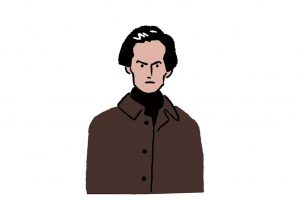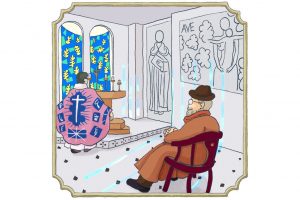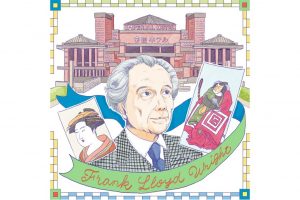Dexterous and flexible learner
In 1504, when he was 21 years old, Raphael visited Florence where he viewed competing murals painted by Leonardo da Vinci and Michelangelo on the town hall. He was so impressed by the artistry that he painted his own copies of the murals, as well as Mona Lisa, Michelangelo’s David, and other works to use for further study. From, Raphael learned to arrange figures in a solid triangular composition and to express rich emotions in faces and hands. He learned from Michelangelo to pose moving figures and made these poses his own, sublimating them into a delicate and soft painting style. It is his Madonnas for which he is best known that came out of this study.
Raffaello Sanzio
Examining artists
No.029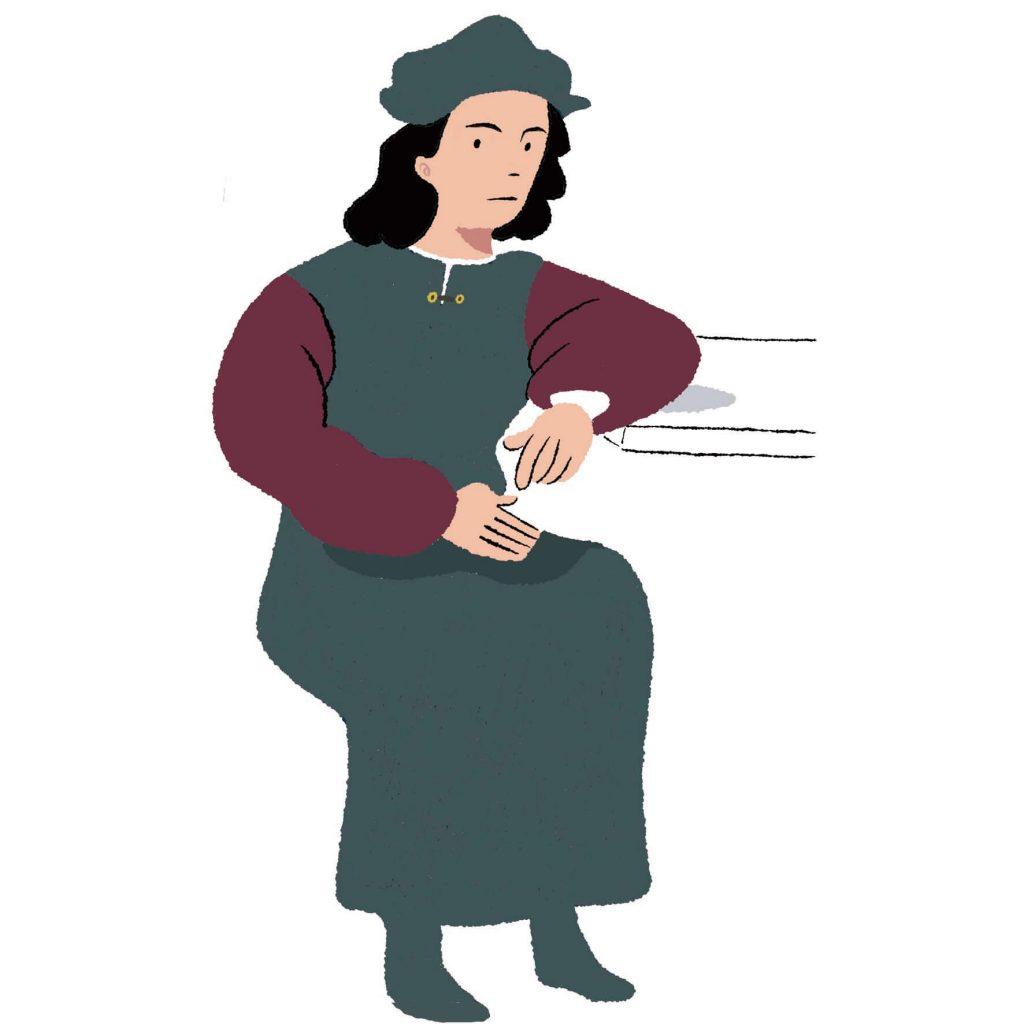
Together with Leonardo da Vinci and Michelangelo Buonarroti, Raffaello Sanzio, also known as Raphael, is one of the trio of great Renaissance masters. Known for his feminine and graceful style of painting, Raphael is also emblematic of the Renaissance, a period which saw the refinement and natural integration of the portrayal of the human body based on studies of perspective and anatomy by artists of previous periods. Marking 2020 as the 500th anniversary of Raphael’s death, we look back at his life and work.
Illustration: Sora Toyoshima
Raffaello Sanzio (1483-1520)
Born in the cultural city of Urbino in central Italy, Raphael studied under his father, a court painter, and the painter Pietro Perugino. Although known as the painter of the Madonna and child for his paintings of the subject, Raphael also worked on murals and architectural designs. Until around the 19th century, the standard for art in Western painting focused on the ideal female form and harmonious composition, and this view influenced neoclassical and pre-Raphaelite painters.


Loved by patrons, adored by apprentices
Raphael moved to Rome in 1508 at the age of 25 and by invitation of Pope Julius II. There he undertook numerous projects, including murals at the Apostolic Palace and early designs for St. Peter’s Basilica. His workshop was a large one, with as many as 50 apprentices and assistants, including the outstanding architect Giulio Romano and other talented artists in such fields as ornamentation and printmaking. A great communicator, Raphael was able to effectively lead all of these personalities to efficiently create works of art. His handsome face and graceful demeanor made him popular with women, and although he never married, his love life was the subject of many rumors.
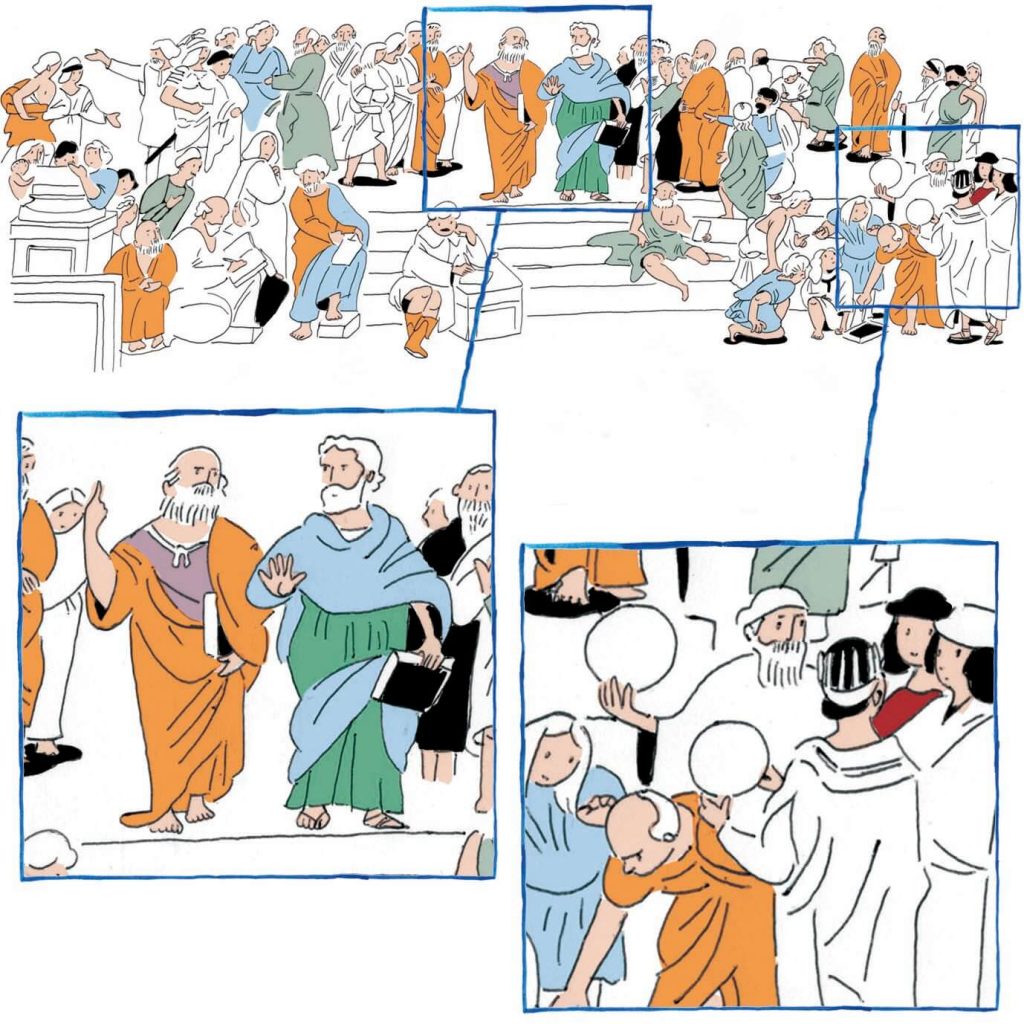
Masterpieces of the Italian Renaissance
In 1508, at the age of 25, Raphael was commissioned to decorate the papal apartments. It was during this time that he painted The School of Athens (circa 1509-1510) mural. Some believe that the ancient Greek scholars and their arrangement on the canvas represent the “seven liberal arts in which guardians of the state should be educated,” as described by Plato in Republic. The figure at center left is said to be Plato, and the model is thought to be Raphael’s beloved da Vinci. On the far right Raphael himself appears as the ancient Greek painter Apelles, suggesting a healthy respect for his own talents as a painter. Despite his early death from a fever at 37 years old, Raphael's artistic achievements were monumental.
Japanese original text: Yasuna Asano
Supervised by: Hidehiro Ikegami (Professor, Tokyo Zokei University)
Sora Toyoshima
Illustrator. Born 1980 in Ibaraki Prefecture. Graduated from PALETTE CLUB SCHOOL.
Works with both Japanese and overseas clients, mainly in areas of magazine, advertisement, websites, and apparels.
http://soratoyoshima.net


